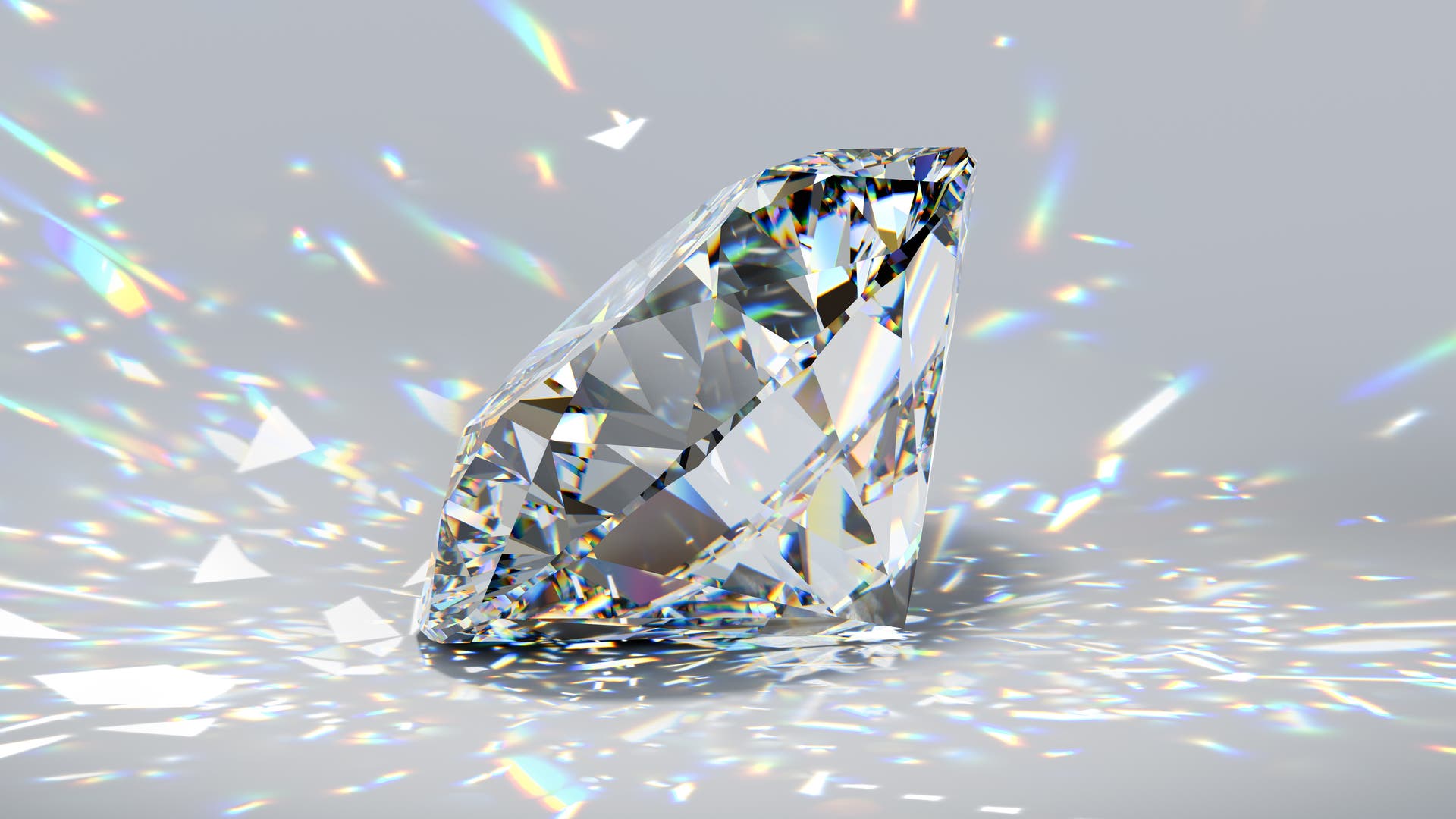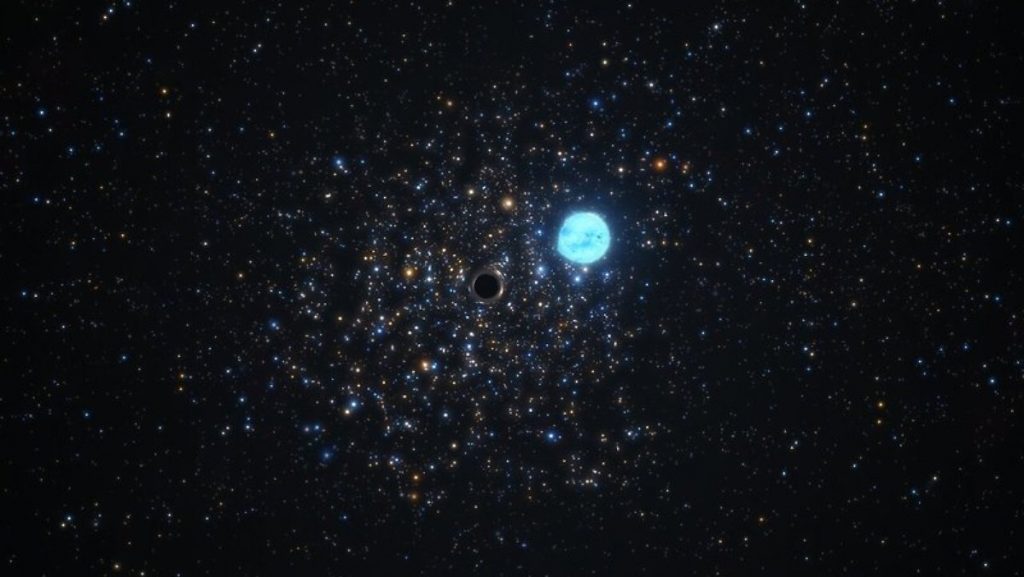Monday 15 November 2021
Color change due to deformation
A swinging star reveals a black hole
So far, researchers have found black holes by detecting high-energy radiation, or gravitational waves. Now they discover such an object through a new process. The star plays the main role.
In star cluster NGC 1850 in the Large Magellanic Cloud – a satellite galaxy of our Milky Way – the star oscillates back and forth regularly and changes its brightness in the process. In doing so, it reveals the existence of an otherwise unseen companion: a black hole 11 times the mass of our sun. It’s the first time astronomers have found a black hole in another galaxy in this way. In addition, this is the first evidence of a stellar black hole in a young star cluster, and thus provides new knowledge about the formation of these massive objects, according to the journal’s International Team of Explorers. Monthly Notices of the Royal Astronomical Society.
Stellar black holes form when stars much more massive than our Sun consume their nuclear energy supplies and collapse. The gravity of the resulting objects is so strong that not even light can escape them. In our Milky Way, astronomers know a number of “star bodies”. It is difficult to find stellar black holes in other galaxies due to the great distances. Until now, this was possible only indirectly – through the detection of high-energy radiation, which is generated when matter falls into a black hole, or through gravitational waves, which are emitted when two black holes collide.
Most black holes have remained undiscovered until now because they emit neither radiation nor gravitational waves. “The vast majority of these objects can only be detected because of their motion,” explains Stefan Drisler of the University of Göttingen. Because black holes are often double systems with an ordinary star. Then both celestial bodies orbit each other – and astronomers can detect this orbital motion in the star’s radiation.
Thousands of stars have been observed
Drisler and his colleagues spent two years observing several thousand stars in NGC 1850 with a special instrument on ESO’s Very Large Telescope (VLT) in Chile—and they found what they were looking for: one of the observed stars showed a characteristic oscillating motion. What’s more: This star also shows fluctuations in brightness because the black hole distorts it slightly due to its own gravity.
Both observations allowed the researchers to determine the orbit and mass of the double system: it is a normal star with a mass about five times the mass of the sun and a black hole 11 times the mass of our sun, which are in contrast with a five-day circle period.
This discovery is of particular interest to astronomers because NGC 1850 is a young star cluster 100 million years old. For comparison: our sun is 4.5 billion years old. This means that a black hole is also a small body. The researchers now hope to use this method to track down other stellar black holes in young star clusters, thus gaining new insights into their formation and evolution.

“Total coffee aficionado. Travel buff. Music ninja. Bacon nerd. Beeraholic.”







More Stories
Raising diamonds made easy – Spectrum Science
Everything related to prevention and treatment
“His presence speaks powerfully.”